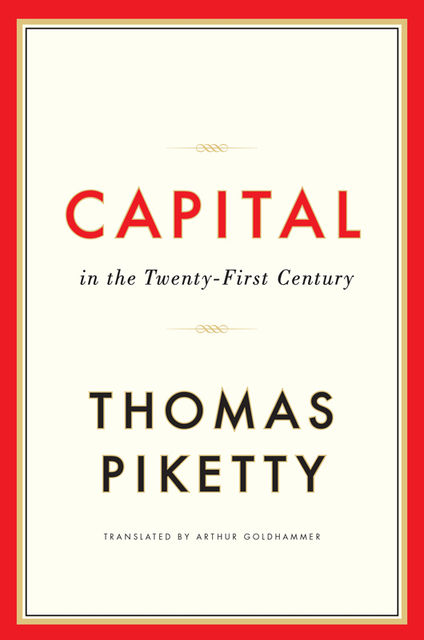
en
Dapatkan aplikasi:
iOS
·Android
Capital in the Twenty-First Century
- Tentang
- Kutipan35
- Pembaca122
- Di rak buku
- Buku terkait
Buku ini saat ini tidak tersedia
1.136 halaman cetak
Selengkapnya tentang buku
Kutipan
- Tarlan Asadlimembuat kutipan8 tahun yang laluI will temporarily set aside
- Dmitry Naumenkomembuat kutipan3 tahun yang lalurom the standpoint of people with the means to lend to the government, it is obviously far more advantageous to lend to the state and receive interest on the loan for decades than to pay taxes without compensation.
- Dmitry Naumenkomembuat kutipan3 tahun yang laluThe median forecast shown on Figures 2.2–5 is optimistic in two respects: first, because it assumes that productivity growth in the wealthy countries will continue at a rate of more than 1 percent per year (which assumes significant technological progress, especially in the area of clean energy), and second, perhaps more important, because it assumes that emerging economies will continue to converge with the rich economies, without major political or military impediments, until the process is complete, around 2050, which is very rapid. It is easy to imagine less optimistic scenarios
fb2epub
Seret dan letakkan file Anda
(maksimal 5 sekaligus)





